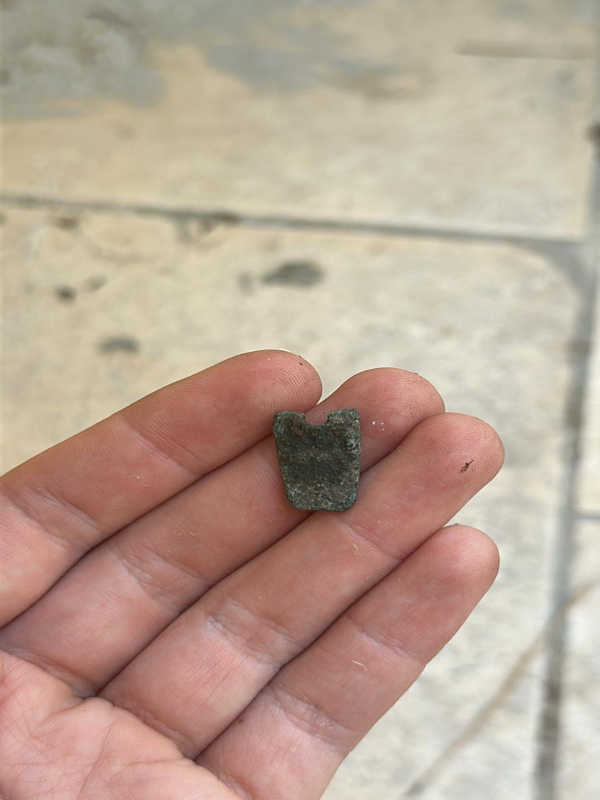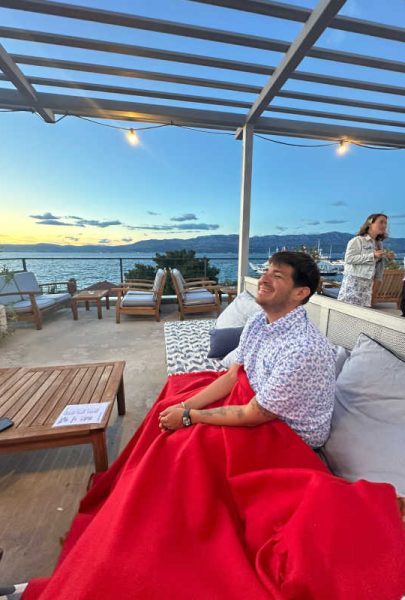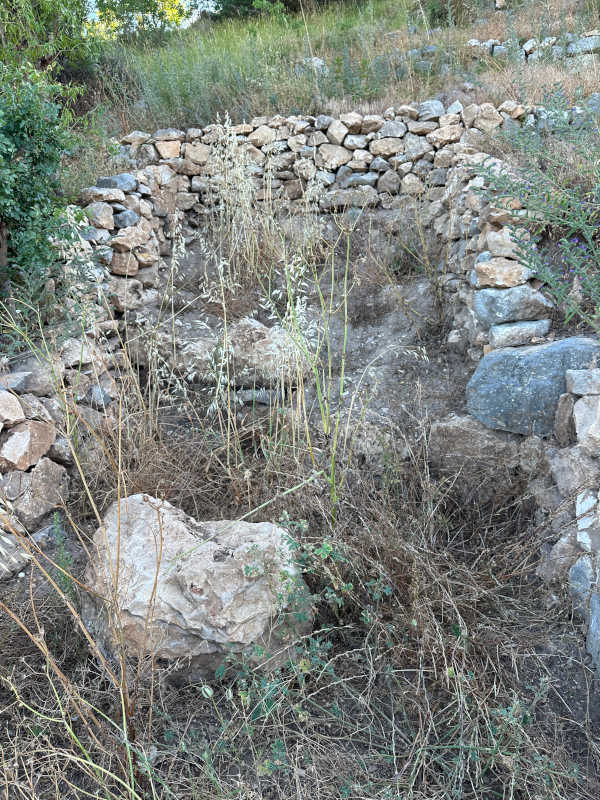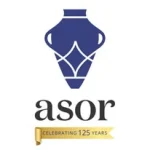
Floating in the Adriatic
Andrew Victor Rivadeneira, 2025 Katherine Barton Platt Fieldwork Scholarship Recipient
After 3 years of excavations at the hillfort Gradina Rat on Brač Island in Croatia, this year was a study season. The site is about an hour ferry ride from Split on the mainland. Gradina Rat has a long history of occupation from the Bronze Age through the 19th century. The focus this season was on analyzing and cataloging artifacts previously excavated, instead of on uncovering new material. As researchers, we focused on the processing of the finds and started to build a clearer picture for the function of the site for reports and publication. This was my third year as part of the project and second as a staff member. My role was to aid in processing archaeobotanical samples and help with the field reports.

Flotation is a key archaeological method for recovering small scale artifacts such as seeds, charcoal, and fish bones from sediment. These smaller materials are hard to see during excavation of the deposits. Yet their low density allows them to float and become more visible in water, hence the flotation method. Samples were taken from each context after the modern layers and kept separated throughout the process. We used a full-sized metal water sieve device that was loaned from the University of Zadar for the last two field seasons. The drum was filled with water near the bottom, and then soil was poured from the top over the mesh in the drum. The mesh allowed the dirt to pass through while keeping larger material on the top of the mesh, and for the smaller material to float. The floating material and water then were slowly pushed out of an opening near the top of the drum. There were two different sized micro mesh trays that would then catch the material while allowing the water to filter through and out of the device. Afterwards the collected micro material was dried and later sorted.



Working on this project has been extremely rewarding personally and professionally. There is still much to discover and understand about Croatian archaeology. This site provides a fascinating component in helping us understand something about the past. A portion of an early fortification wall was found on the terraced hillside, and there are plans to try to preserve it for the public. There appear to be other signs of domestic structures on the hilltop and slopes, and there is evidence for trade—both locally and abroad—with other Mediterranean civilizations for over a thousand years. The complete story of this site still needs further investigation, though for now we must work with what we currently have. Hopefully this site will soon be accessible to hikers and bikers with signage directing people to the prehistoric wall as part of a Croatian state conservation project!



